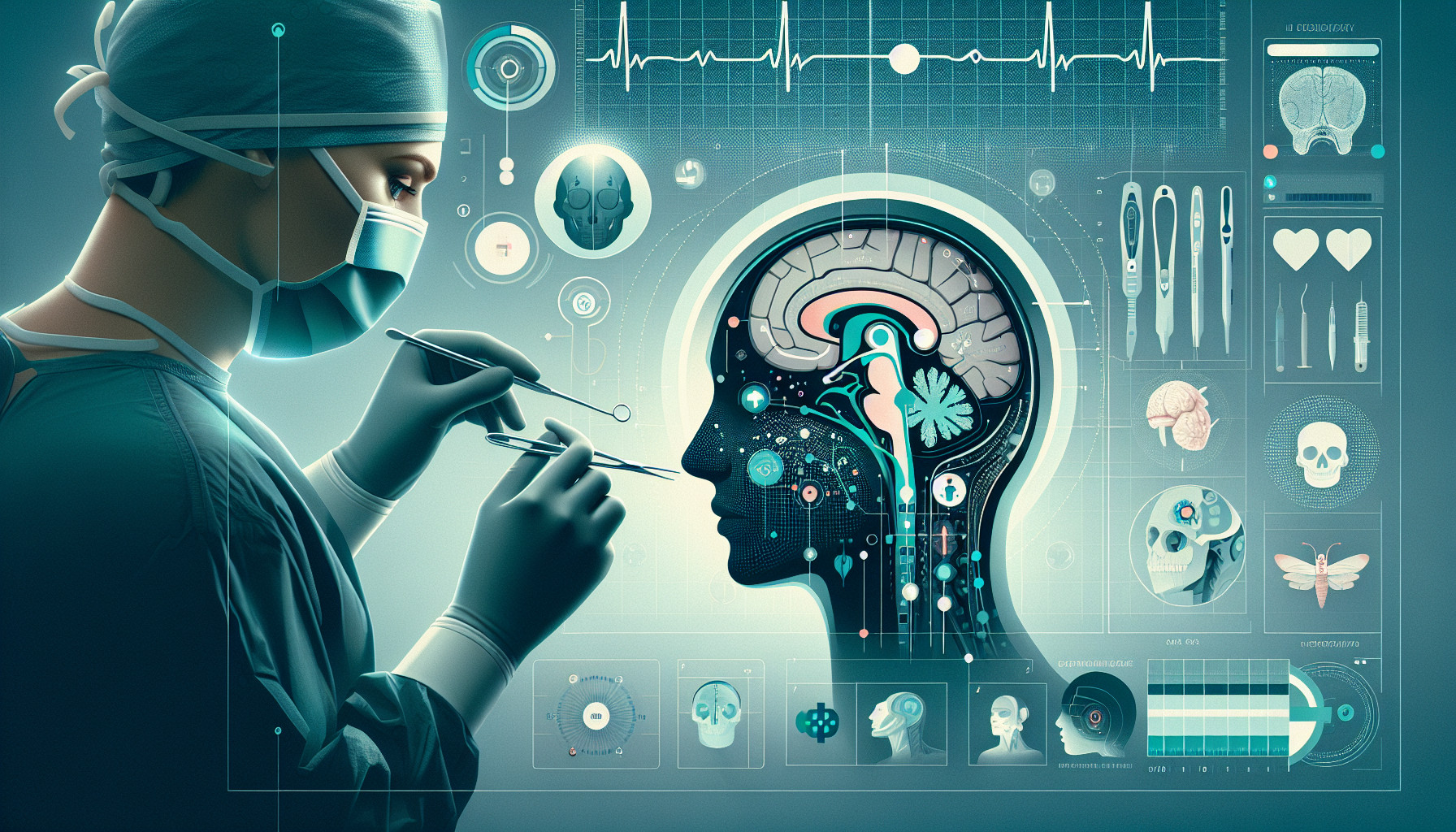Our Summary
This research paper is about the use of 3D printing in oral and maxillofacial surgery (OMFS) and the related regulations in the European Union (EU). The EU revised its Medical Device Regulations (MDR) in 2017, which includes rules about 3D printing.
The paper explains that 3D printed items like models, surgical guides, and implants are classified from Class I-III, based on how invasive they are and their active properties. The paper also points out that hospitals can do 3D printing in-house for custom-made medical devices, but only if they follow certain rules. These rules cover things like making sure the product isn’t used in another facility, having the right quality systems in place, keeping records of the manufacturing process and performance data, and monitoring clinical use and fixing any issues that might come up.
The paper concludes that there are many factors to consider when using 3D printing for medical devices in-house, and following the MDR is a growing challenge. The authors suggest that their recommendations could help doctors in OMFS to navigate these challenges and understand more about creating and using 3D printed devices in their own facilities.
FAQs
- How are 3D printed items used in oral and maxillofacial surgery classified in the European Union?
- What are the regulations for hospitals using in-house 3D printing for custom-made medical devices according to the EU’s Medical Device Regulations (MDR)?
- What are the challenges in using 3D printing for medical devices in-house according to the research paper?
Doctor’s Tip
A doctor might tell a patient undergoing maxillofacial surgery to follow all post-operative care instructions carefully to ensure proper healing and minimize the risk of complications. This may include instructions on how to care for the surgical site, manage pain, and maintain good oral hygiene. It is important for the patient to attend all follow-up appointments as scheduled to monitor their progress and address any concerns that may arise. Additionally, the doctor may recommend a soft diet to avoid putting unnecessary strain on the surgical site and to promote healing.
Suitable For
Patients who may benefit from maxillofacial surgery include those with facial trauma, congenital anomalies, temporomandibular joint disorders, obstructive sleep apnea, oral cancer, and orthognathic surgery needs. Maxillofacial surgery can help improve facial aesthetics, restore function, alleviate pain, and improve quality of life for these patients.
Timeline
Before Maxillofacial Surgery:
- Patient undergoes initial consultation with a maxillofacial surgeon to discuss their specific needs and concerns.
- Diagnostic tests such as X-rays, CT scans, and 3D imaging may be taken to assess the condition of the jaw and facial structure.
- Treatment plan is developed by the surgeon, which may include the use of 3D printed models for surgical planning.
- Pre-operative appointments are scheduled to discuss the procedure, potential risks, and post-operative care instructions.
After Maxillofacial Surgery:
- Patient undergoes the surgical procedure, which may involve the use of 3D printed surgical guides for precision and accuracy.
- Recovery period begins, during which the patient may experience swelling, pain, and discomfort.
- Follow-up appointments are scheduled to monitor the healing process and address any concerns.
- Patient may require additional procedures or treatments to achieve the desired outcome, such as dental implants or orthodontic adjustments.
- Long-term follow-up care is provided to ensure the patient’s continued oral health and well-being.
What to Ask Your Doctor
Some questions a patient should ask their doctor about maxillofacial surgery using 3D printed devices may include:
- What specific 3D printed devices will be used during my surgery?
- How will these 3D printed devices improve the outcome of my surgery compared to traditional methods?
- What are the potential risks or complications associated with using 3D printed devices in maxillofacial surgery?
- How experienced is the surgical team in using 3D printed devices for maxillofacial procedures?
- What post-operative care will be required for 3D printed devices used in my surgery?
- Are there any specific follow-up appointments or monitoring needed for patients who have undergone maxillofacial surgery with 3D printed devices?
- How does the hospital ensure compliance with EU regulations regarding 3D printing in medical devices?
- What quality control measures are in place to ensure the safety and effectiveness of 3D printed devices used in maxillofacial surgery?
- How will my medical data and records be managed in relation to the use of 3D printed devices during my surgery?
- Are there any ongoing research or advancements in 3D printing technology that may impact the effectiveness of my surgery in the future?
Reference
Authors: Goetze E, Zeller AN, Pabst A. Journal: Oral Maxillofac Surg. 2024 Jun;28(2):795-802. doi: 10.1007/s10006-024-01208-3. Epub 2024 Jan 12. PMID: 38214873
